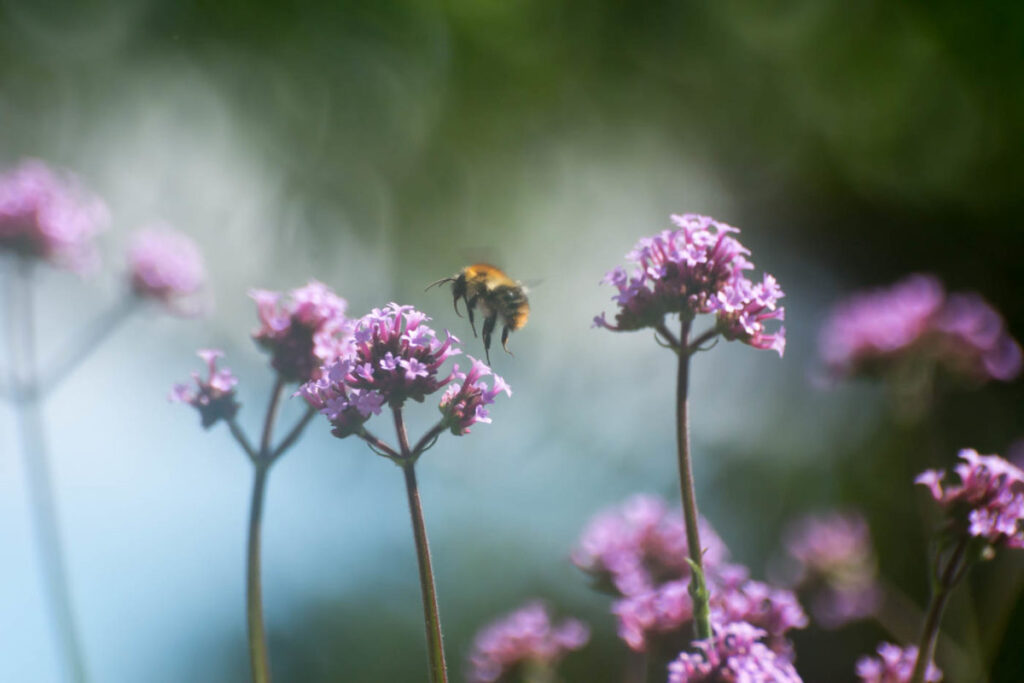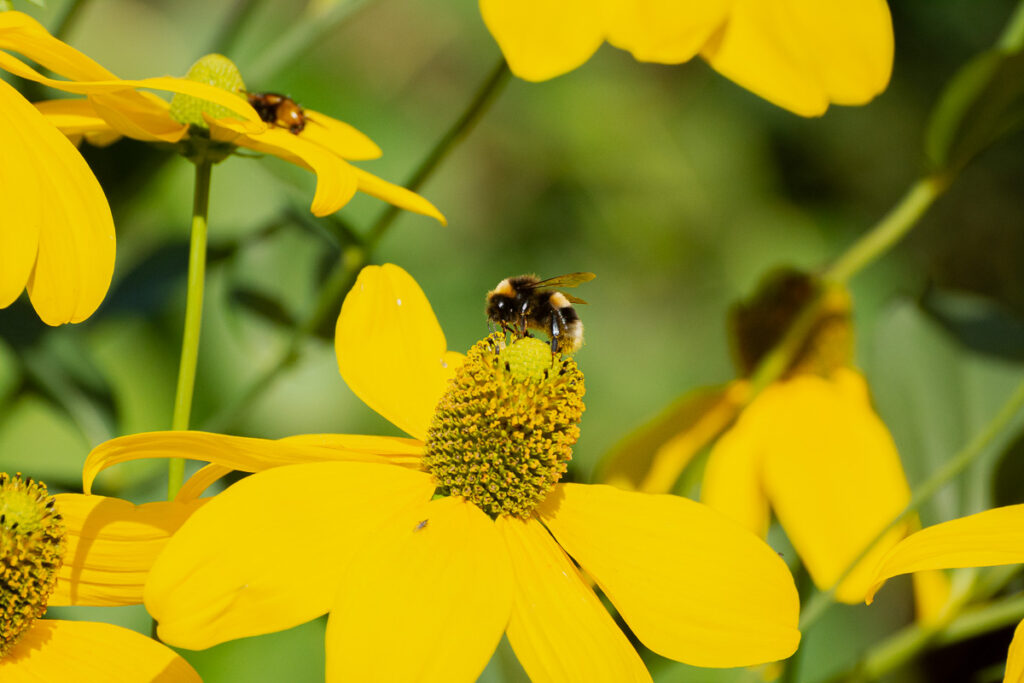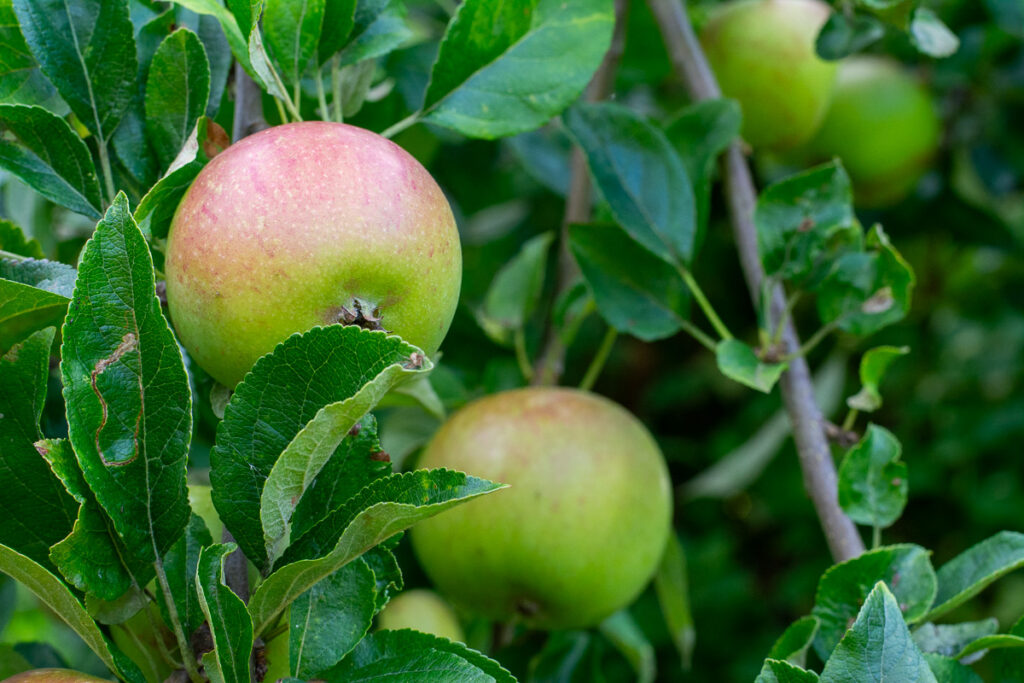5 reasons to create a fabulous front garden

In all of the years we’ve been designing gardens we’re rarely asked to do anything with a front garden. Not many of us have a frontage like Kiftsgate, seen here in our image, but most of us do seem to think long and hard about what we want from our back gardens but rarely approach our front gardens with the same level of gusto – or indeed with any level of gusto to be fair – which is a shame.
When we ask clients what they want from their back gardens the lists we get back are usually long and multi-faceted but ask somebody what they want from their front garden and most people tend to lean towards the ‘somewhere to park the car’ and ‘somewhere to hide the bins’ approach, and don’t take their thoughts any further. But why stop there? We may not want to sit out and entertain in the front garden but a fabulous front garden is in reach of anyone who has one and in this blog we’re going to try to convince you why it’s worth going beyond the total paving approach to our front gardens and opting instead for a beautiful, planted but still functional space.
So, in no particular order here are our top 5 reasons to create a fabulous front garden…
- Aesthetics. Put simply, a street full of lovely front gardens is a nicer place to be and see, but aesthetics have an economic trade off as well because that kerbside appeal translates into improved house prices. A well kept front garden tops the list of the top 5 exterior must-haves for homebuyers with almost a third of us being willing to pay up to 20% more for a home with kerbside-appeal.
- Supporting wildlife. While gardens will never replace natural habitats they are an important nature reserve that can support a substantial range of wildlife. Evidence is growing that some species that were once common in low-intensity farmland are now more abundant in urban areas and particularly in domestic gardens.
- Mitigate flooding. More and more of us are increasing the amount of paving we have in our gardens, especially our front gardens; a trend that has been linked to a higher frequency and magnitude of flooding in those areas with increased levels of impervious paving. Recognising these problems the UK now has legislation relating to front gardens and flooding. Simply put, permeable surfaces and planted up front gardens help prevent flooding. Vegetation, especially trees, acts like a storm water management tool. It captures intense rainfall and temporarily holds it in its canopy which eases demands on urban drains. At its other end vegetation encourages better infiltration of water into the soil which reduces surface water flows.
- Reduce urban temperatures. Urban areas – dominated by dark and impervious surfaces – absorb considerably more heat and reflect considerably less than planted surfaces; which makes them warmer than planted areas. This is essentially what causes the urban heat island effect where cities experience higher than normal temperatures as compared to surrounding rural areas. Current research suggests that a 10% increase in vegetated surfaces in urban areas would help manage the rise of summertime air temperatures due to climate change; our front gardens have the potential to significantly contribute to this goal.
- Improve human health. Much research points to the benefit of green spaces in human health terms – alleviating stress, improving cognitive function, improved self discipline; reduced illness levels, better relaxation and being able to cope with trauma have all been evidenced, while the act of gardening brings with it physical health benefits too.
This list isn’t exhaustive but when so many positive consequences can come from reconsidering and treating your front garden as a garden rather than a car park and bin store why wouldn’t you opt for a fabulous front garden?


